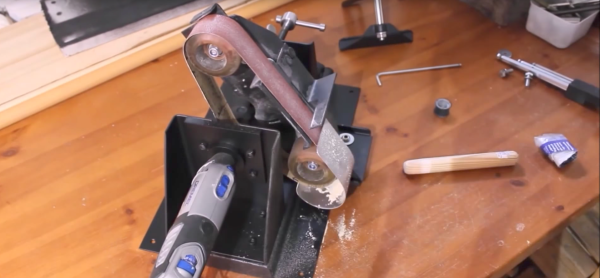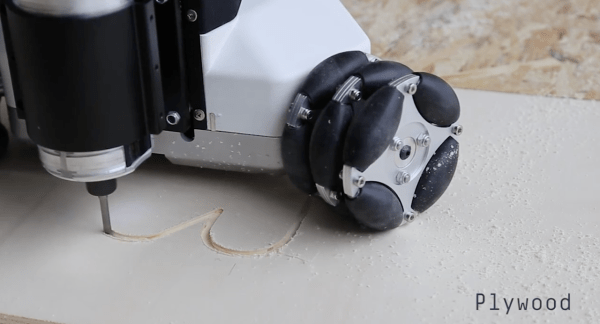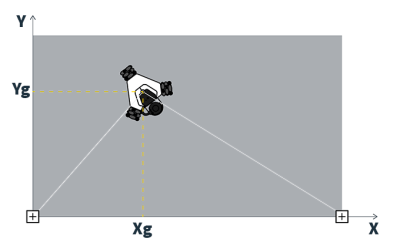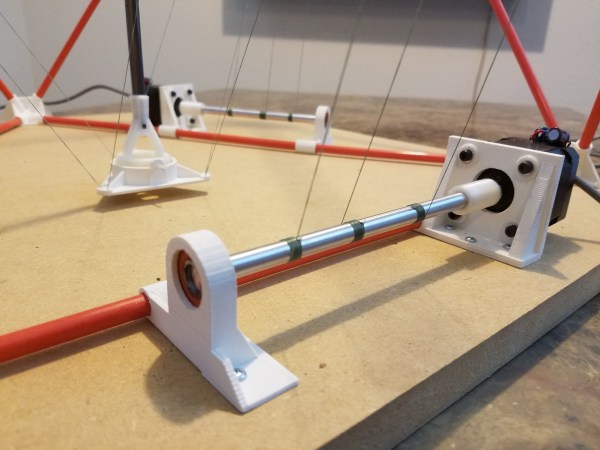There are some debates that split the world down the middle. Serious stuff: M&Ms, or Smarties*? Yes, the two chocolate beans may bear a superficial resemblance to each other, but you’re either a Smartie lover, or an M&M lover. No compromises.
[Maximusvo] has sensibly dodged all questions of brand loyalty in his text if not in his images even though it’s obvious what kind of confectionery he’s working with in his candy vending machine. The hard-shell chocolates are loaded into a hopper, from which a colourful cascade is released onto a scale. When the desired weight has been accumulated, it is tipped into a drawer for the hungry recipient.
Behind it all is an Arduino with a motor to release the beans, a load cell to weigh them, and an LCD display to give a status report. A motor vibrates the chute to ensure they move down it, but as can be seen in the video demo below the break it’s not doing an entirely successful job. There is an external buzzer to indicate delivery, and aside from the wooden construction of the machine there are 3D printed parts in the scale.
Continue reading “Get Your Smarties Or M&Ms From A Vending Machine”




 What really caught our eye is the Goliath’s unique positioning system. While most CNC machines have the luxury of end-stops or servomotors capable of precise positional control, the Goliath has two “base sensors” that are tethered to the top of the machine and mounted to the edge of the workpiece. Each sensor connects to the host computer via USB and uses vaguely termed “Radio Frequency technology” that provides a 100Hz update for the machine’s coordinate system. This setup is sure to beat out dead-reckoning for positional awareness, but details are scant on how it precisely operates. We’d love to know more if you’ve used a similar setup for local positioning as this is still a daunting task for indoor robots.
What really caught our eye is the Goliath’s unique positioning system. While most CNC machines have the luxury of end-stops or servomotors capable of precise positional control, the Goliath has two “base sensors” that are tethered to the top of the machine and mounted to the edge of the workpiece. Each sensor connects to the host computer via USB and uses vaguely termed “Radio Frequency technology” that provides a 100Hz update for the machine’s coordinate system. This setup is sure to beat out dead-reckoning for positional awareness, but details are scant on how it precisely operates. We’d love to know more if you’ve used a similar setup for local positioning as this is still a daunting task for indoor robots.













